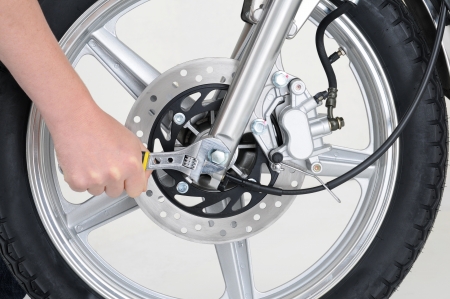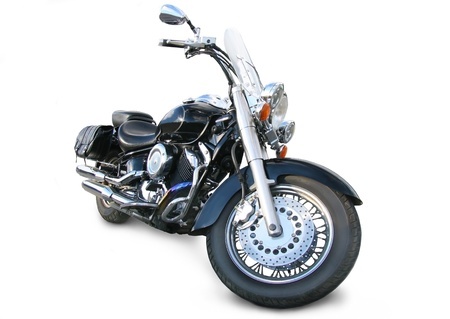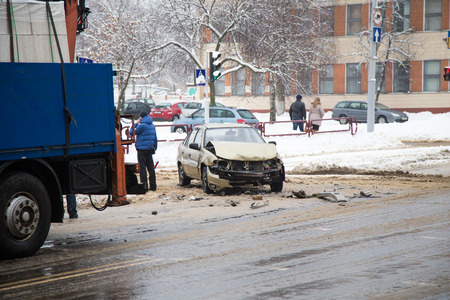The winter has been very mild in the Southeast this year, so you might be breaking out the “outdoor toys” a little early! Before taking out your all-terrain vehicle (ATV), but sure that it is properly covered.
When it comes to your ATV, it pays to keep your feet on the ground when it comes to insuring it. You may think it’s covered by your home-owners policy, but are you really protected? Your “toy” wasn’t cheap, and lacking the right type of insurance coverage could lead to a sticky financial situation.
“Owners should think of ATVs the same way they think of motorcycles,” said Rick Stern, product manager, The Progressive Group of Insurance Companies. “You’d never consider getting on a motorcycle without the proper insurance, and you shouldn’t ride an ATV without the right coverage either.”
If you’re not sure what to do about your ATV insurance needs, here are a few things to consider.
Your homeowners policy might not be enough.
Most likely, your homeowners policy only covers your ATV if trouble occurs on your property. Anywhere else and you’ll be exposed. Look for an affordable ATV insurance policy that offers coverage no matter where you are. Trail riders should be aware that many states require ATV insurance for vehicles operated on state-owned land.
What about theft?
ATVs are portable and can be easy targets for thieves. You should consider ATV insurance that provides coverage for things such as theft, fire and vandalism just like the kind you can get for a motorcycle. Theft, fire and vandalism are covered by Comprehensive coverage, an optional physical damage coverage.
Consider uninsured and underinsured coverage.
You never know what can happen in the great outdoors. This relatively inexpensive coverage protects you if another rider causes damage to you and he or she lacks adequate coverage.
Keep your rates low.
You can do a number of things to save money on your ATV insurance, including maintaining a clean driving record, staying free of claims or choosing a less “sporty” ATV. In addition, most insurers offer a discount if you insure more than one vehicle on your policy, or have more than one policy with the company. This could mean additional savings on your car, motorcycle, boat or RV insurance.
For more information about ATV insurance or to find an independent agent, call Bob Johnson Insurance, Inc. at 865-922-3111 or click here to contact us.




